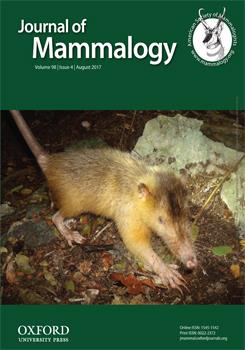The Jamaican primate, Xenothrix mcgregori, regarded variously as either a pitheciid or a stem platyrrhine, was the terminal branch of a clade that likely entered the West Indies at least as early as the Early Miocene, although its lineage is represented by fossils of Quaternary age only. We present a new direct radiocarbon-based date of 1,477 ± 34 calibrated years before present (cal BP) for the last documented appearance of this species in the fossil record. We employed the Gaussian-resampled, inverse-weighted McInerny et al. (GRIWM) method to estimate the extinction date of X. mcgregori, based on the data presented here as well as 6 other dates derived from X. mcgregori sites. On this basis, we estimated a last occurrence ∼900 BP. The cause or causes of this extinction, as well as the many others that occurred in late Quaternary of the Greater Antilles, remain a matter of debate. The likeliest inference is that these losses were largely if not completely anthropogenically driven. Although many species and populations of primates are critically threatened today, the loss of X. mcgregori stands as the most recent species-level extinction within Anthropoidea corroborated by radiometric evidence.
How to translate text using browser tools
1 June 2017
The extinction of Xenothrix mcgregori, Jamaica's last monkey
Siobhán B. Cooke,
Alexis M. Mychajliw,
John Southon,
Ross D. E. MacPhee
ACCESS THE FULL ARTICLE

Journal of Mammalogy
Vol. 98 • No. 4
August 2017
Vol. 98 • No. 4
August 2017
Caribbean
extinction
Greater Antilles
GRIWM method
Jamaica
platyrrhine evolution
radiocarbon dating




